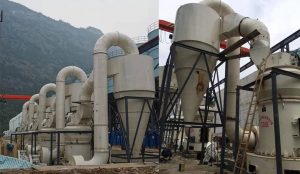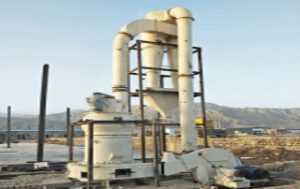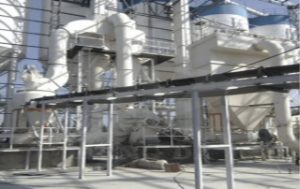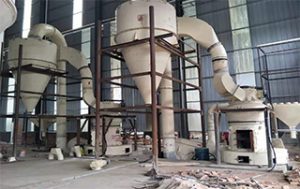Barite is the most common mineral of barium, and its component is barium sulfate. It occurs in low-temperature hydrothermal veins, such as quartz barite veins and fluorite barite veins, and often coexists with galena, sphalerite, chalcopyrite, cinnabar, etc. Barite deposits in Hunan, Guangxi, Qinghai and Jiangxi are mostly huge hydrothermal single mineral veins. Barite can also occur in sedimentary rocks, appearing as nodules, and mostly exists in sedimentary manganese deposits and argillaceous and sandy sedimentary rocks in shallow sea. In the residual clay overburden of weathered residual deposit, it often forms knot and block. Chemical composition: Bao: 65.7%, SO3: 34.3%. There are Sr, Pb and Ca isomorphic substitution in the composition.
the distribution of mineral deposits
Distribution of minerals: Barite resources are abundant all over the world, mainly distributed in the United States, Russia, China, Peru, India and other countries. The world barite reserves are 2 billion tons.
China is rich in barite resources, which are distributed in 26 provinces, cities and autonomous regions in China, mainly concentrated in the south. Guizhou Province accounts for one third of the total reserves in China, and Hunan and Guangxi rank second and third in China respectively. Barite in China not only has large reserves, but also has high grade, with BaSO4 > 92.8%. Rich ore reserves account for 99.4% of the country’s total rich ore reserves, and large and medium-sized ore reserves account for 88.4% of the country’s total. By the end of 1995, China’s proven barite resource reserves were 460 million tons.









